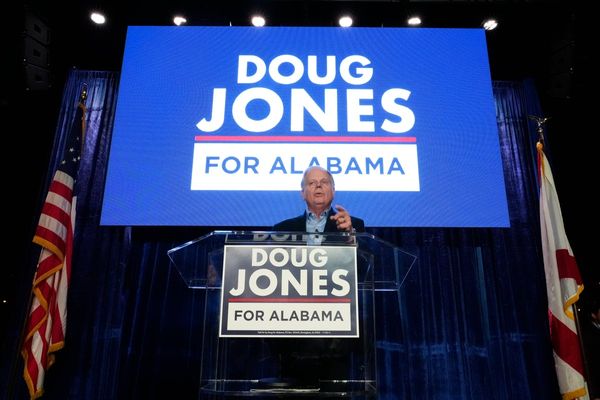
Securitisation involves pooling of loans and selling them to a special purpose entity, so that a lender gets liquidity upfront on the assets it has originated.
Securitisation, till now, is allowed only in the case of standard assets while lenders have to largely rely on Asset Reconstruction Companies (ARCs) for bad assets.
In September 2022, RBI announced its intent to introduce a new framework in addition to the ARC route, following deliberations which had started way back in 2019 as per recommendations made by the Task Force on the Development of Secondary Market for Corporate Loans. The task force was constituted by the central bank.
The discussion paper said the main difference between the securitisation of stressed assets and the standard assets is related to the lower degree of certainty of cash flows from the underlying pool in the case of stressed assets.
The extent of involvement of third-party expert entities or 'Resolution Managers' and their role in resolution of the underlying assets is also among the differentiating features, it said.
According to the discussion paper, investors are exposed to the risk that workout of resolution exercise may not generate sufficient recoveries to cover the net value of the transferred underlying assets.
The paper has mooted a set of questions for discussions, starting with whether the framework should apply only for loans recognised as Non Performing Assets (NPAs) or it should include loans that are in categories like special mention accounts or tagged as standard assets.
Securitisation of Stressed Assets Framework (SSAF) is a relatively new concept globally as well, with European Union and UK having introduced some regulations around it, it said.
Members of the public have been asked to submit their comments and suggestions on the discussion paper by February 28.







